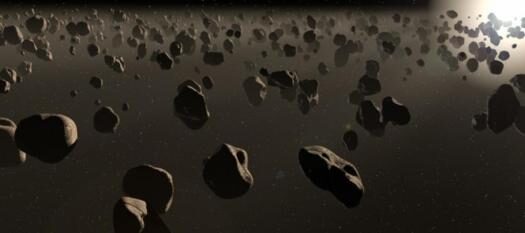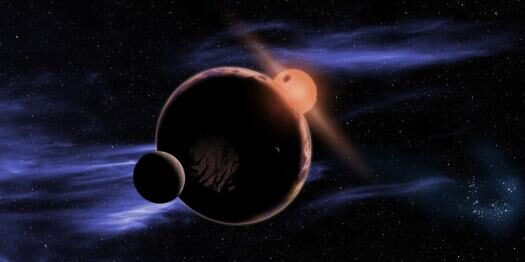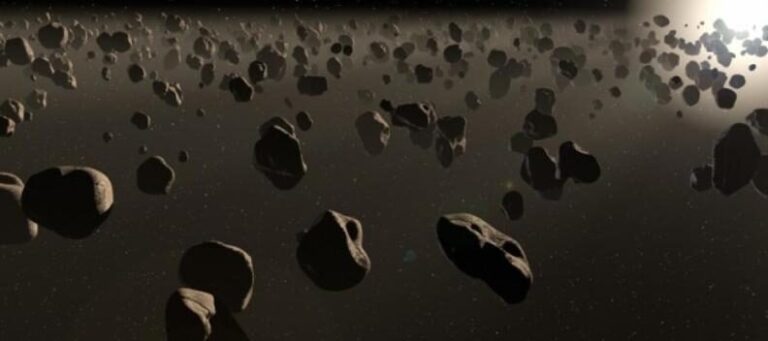DeeDee Investigated: Astronomers Check Out Distant Member Of Our Solar System
As well as investigating exoplanets and exomoons in the cosmos, astronomers have recently been studying distant members of our own stellar neighborhood.
 Artist Impression of 2014 UZ224 – Credit Alexadra Angelich (NRAO)
Artist Impression of 2014 UZ224 – Credit Alexadra Angelich (NRAO)
The planetary body, 2014 UZ224, more affectionately known as DeeDee, has been studied by teams interpreting data from Atacama Large Millimeter/submillimeter Array (ALMA). It lies about 3 times the distance of Pluto from the Sun and is the second largest known trans-Neptunian object behind the dwarf planet Eris. Beyond the orbit of Neptune, there could be many thousands of these objects, astronomers believe.
DeeDee
The research team believes DeeDee is about 635 kilometers across, meaning it should have enough mass to be a spherical object. It should also be big enough to be classed as a dwarf planet, as it is around two-thirds the diameter of Ceres; the largest asteroid belt member. DeeDee is about 92 astronomical units from the Sun, meaning the light from Ceres takes more than 13 hours to reach Earth. One lap of the Sun in thought to take around 1,100 Earth years to complete.
“Far beyond Pluto is a region surprisingly rich with planetary bodies. Some are quite small but others have sizes to rival Pluto, and could possibly be much larger. Because these objects are so distant and dim, it’s incredibly difficult to even detect them, let alone study them in any detail. ALMA, however, has unique capabilities that enabled us to learn exciting details about these distant worlds.” – David Gerdes – University of Michigan and lead author on a paper appearing in the Astrophysical Journal Letters
DeeDee was found as part of the Dark Energy Survey project, which aims to understand why expansion of the universe is accelerating by studying less than 12% of the sky. The team, led by Gerdes, use the data gathered at Cerro Tololo Inter-American Observatory in Chile. The observatory provides a huge amount of data for the team to trawl through and decipher; the initial search gave the team 1.1 billion candidate objects. Most turned out to be background galaxies and stars, but a tiny fraction of the results were identified and studied further. They chose the name DeeDee for one such object, short for Distant Dwarf.
 Artist impression of the asteroid belt
Artist impression of the asteroid belt
The team studied the characteristics of DeeDee, including its orbit, size, its distance from the Sun and they even estimated its temperature. ALMA observes the cold, dark universe, and can pick up on heat; or lack of it, that was being naturally emitted from the surface. The astronomers found that DeeDee isn’t a very reflective world.
“We calculated that this object would be incredibly cold, only about 30 degrees Kelvin, just a little above absolute zero,” said Gerdes.
 Artist Impression of an exomoon
Artist Impression of an exomoon
DeeDee is a relic from the formation of the Solar System. There could be many thousands of dwarf planets like DeeDee, that loiter beyond Neptune and Pluto, and into the Kuiper Belt. They do, however, tell us more about the formation of our planetary system and why things happened the way they did.
“There are still new worlds to discover in our own cosmic backyard,” concludes Gerdes. “The solar system is a rich and complicated place.”




